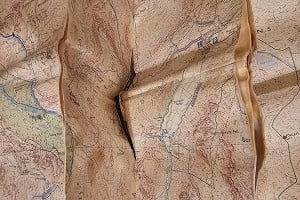
In mid May James Gibson laid down a mountain running milestone, with the first completion of the Trans Cuillin, a link-up of all (and we do mean all) the summits in Skye's Black and Red Cuillin. This running/mountaineering hybrid challenge was devised by peak bagging maestro Rob Woodall, but in the 20+ years since Rob's failed attempt, no one - that we know of - has managed it. In all probability, not many will even have tried.
An on-form James has since then added a Cuillin Round record (less than a Trans Cuillin but not to be confused with the much shorter Cuillin Traverse that most folks would consider the pinnacle of their achievement), and now holds an impressive number of long distance records in the hills, many of them set this year.
But it's the Trans Cuillin that really blew our minds, with its combination of punishing distance and unrivalled technicality. So we thought we'd better ask him more about it...
UKHillwalking: So, the Trans Cuillin: 75km between Gars-bheinn and Beinn na Caillich – much of it highly technical – 70 summits, 9000m ascent, a 5.5hr Cuillin Traverse to start proceedings off, and a total time of 23hrs13. Impressive numbers there! Perhaps unsurprisingly, this is the first time anyone's actually done it since Rob Woodall first had a go in 2001. How long had this route been on your radar?
It's the best rock/scramble/run adventure that you can have!
James: I first read about the Trans-Cuillin whilst looking for information about the Cuillin round, in an article "Long Days in the Cuillin" from the 2007 autumn Fellrunner magazine. It described all the big days out that could be done in the Cuillin, including a write up about Rob's Trans-Cuillin attempt back in 2001. I was instantly drawn to the scale of the challenge, mainly due to its technical terrain. A 24 hour round that involves almost as much climbing/scrambling as running was something I was very excited to have a go at. I had been in touch with Rob Woodall last year about the route, with the plan of having an attempt last year, but for various reasons it didn't quite work out. This year everything aligned and it was the most amazing day out in the hills.
The Cuillin - and other sections such as Bla Bheinn-Clach Glas – are infamously complex ground, and it must be quite a task just remembering – and finding - the fastest lines. How much prior knowledge and reccying did it require before you felt ready to commit?
I work on the Cuillin and Skye quite often during the summer, so certainly over the past few years I've been getting to know all the technical sections very well, along with doing personal days out climbing or parts of the ridge too. But over the past two years, I've been out specifically to look at certain lines on the route as some of them are very complex and routes you perhaps wouldn't normally do, which definitely paid off on the attempt. Even up to the attempt, there were still some sections that I wasn't 100 per cent about, but with the help and knowledge of some local guides on Skye I managed to piece all the puzzle together. It took me a while to commit to having an attempt, as I knew not only did I need all the knowledge of all the technical sections of the Black Cuillin and Bla Bheinn/Clach Glas, but I also wanted to make sure that the weather was perfect, which is usually very hard to get right on Skye.
So how were the weather and conditions on the day?
With any round I check the weather meticulously, to make sure that I'm not setting myself up for failure with any rough weather. This was definitely a worry considering the complex terrain that is traversed on the Trans Cuillin. The weather was looking pretty favourable during the day, with a weak front of rain and cloud due overnight. I switched the start time lots of times beforehand to ensure that I traversed the Black Cuillin and Bla Bheinn/Clach Glas before the front arrived, which thankfully arrived slightly later than planned.
It clouded over with wind and rain from Glamaig to Belig, which was only two tops out of the 70, so not too bad considering. I started at 9am on Gars-bheinn (the first top and start of the Cuillin ridge) and the cloud had risen above the summits and continued to improve throughout the day, even nice and warm in the sunshine at times. Going into the night the cloud began to build up, but stayed above the summits until arriving at Glamaig (the final hill of the Red Cuillin). As I descended into the glen at this point to meet my friend James, I escaped the worst of the weather. The final leg I knew shouldn't take more than 5.5/6 hours and the weather was showing improvement and other than a little cloud on Belig, the final hills were in perfect visibility with no more drizzle. I couldn't really ask for much better.
It's a terrible cliche to talk about highs and lows on a big effort like this, but we always like to know: were there any particular stages where the outcome was in doubt, or you had to dig especially deep?
Thankfully there weren't many lows during the attempt. The only one I remember was when my mind kept running through timings on the final leg, almost convincing me that I wasn't going to make it under 24 hours, which looking back, likely made me push harder for those last few hours. There are some savage ascents and descents on the final few hills, Glas-Bheinn Mhor and Being na Cro to name a few. There were many highs like traversing the Black Cuillin ridge doing every single top with a huge smile on my face most of the time, along with the most spectacular positions and scenery throughout. I was a little nervous downclimbing the Imposter section of Clach Glas, but it wasn't as bad as I had made it out to be in my head.
I find motivation easy: Running around in some of the most amazing hills of the UK doesn't seem too hard to enjoy
As a 24-hr challenge, how do you think it rates in terms of both character and difficulty compared to better known big rounds such as the Bob Graham?
The Trans-Cuillin is a completely different type of round and one that I certainly wouldn't suggest to someone without the experience and knowledge about climbing / scrambling as there are many positions throughout that are very consequential. I thought to myself during the attempt that it felt harder than some of the rounds that I had done recently, not because of the distance, but just the sheer amount of ascent that you do and also the technical ground that is covered. I would most certainly say it was much harder than the Bob Graham.
Were you solo/unsupported or accompanied/supported for the Trans Cuillin?
So for the Trans-Cuillin I was mostly solo on the hill, but I had help from my very good friend James Usherwood who lives on the northern tip of Skye and kindly came and did a section of the northern part of the Black Cuillin, including Naismith's Route up to the Basteir Tooth. He very met me at the road crossing on the A87 at 01:30am, along with meeting me at the road at the end too. Couldn't have completed it without his help. Other than that I was on the hill solo, which certainly added more challenge. I did stash some food and water on the ridge whilst working the week beforehand, which helped keep the weight down.
Did you do all the main climbing pitches on the Cuillin ridge, or take more of a scrambler's line in places? If you did it direct, were you soloing the notable pitches, or did you manage some sort of rope/partner arrangement? How about the bits that are typically abseiled?
I took a mix of routes: as mentioned I climbed Naismith's Route, which was the most difficult climb on the attempt. I had arranged for James to be sat at the top with my mountaineering harness ready, so no time was wasted. I was debating whether to solo King's Chimney onto Sgurr Mhic Choinnich, but took Collies ledge until I could climb directly up. I soloed up and down the In Pinn and followed the crest of the ridge to get every top along the way. I downclimbed all the sections that might usually be abseiled on the ridge and Clach Glas, which I was happy doing. Thankfully the TD gap can be bypassed to get to Sgurr Alasdair, that would have been very exciting if not.
Perhaps you've thrown down a bit of a gauntlet here. Can you see others stepping up to have a go?
Haha… I'm sure there are many people out there who would love to have a go at it, surely it can't be just me and Rob who were interested. It does take a lot of time getting to know the different sections, but beyond that, it's the best rock/scramble/run adventure that you can have. I absolutely loved the journey of getting to the attempt, with the right skills and knowledge I'd highly recommend it.
On Instagram it looks like you've been (very wisely) spending time between runs enjoying some classic rock and winter climbs. Not many top runners can also draw on a background in climbing, so would you say that gives you a rare edge when doing rounds with a mountaineering element, such as a winter Ramsay Round and the Trans Cuillin?
I've certainly been trying to keep very busy, however I really wished I had done more winter climbing this year. I would imagine climbing in either winter or summer would help with a challenge like the Trans Cuillin, as there are many elements that can be drawn from. I've essentially been trying to use the fitness that I have built up over the last few years, which thankfully allows me to do many big days like this.
A 5.5hr Cuillin Traverse is quite a thing in itself, and I imagine that most of the small pool of people who could achieve that would be happy to call it a day there. Were you pushing the pace at this early stage, or keeping something in reserve in the knowledge that you were on an ultra-marathon not a sprint? What I guess I'm getting at here is, would an attempt at the Cuillin traverse record be something that might interest you, or are you more motivated by out-and-out distance?
When I looked at my watch at Gillean, I was very surprised at the time it had taken me, I had fully expected it to take me around 6.5 hours, so knocking an hour off certainly gave me a good confidence boost. I didn't feel like I was pushing too hard on the ridge, just trying to be as efficient as possible. I guess I was just really enjoying myself and tried to keep moving all the time. But the speed record? I'm not too sure, Finlay has set the bar VERY high on that one. I might be keen one day to give it an all out effort and see if I can get anywhere close, but I'm certainly not that quick.
I was a little nervous downclimbing the Imposter of Clach Glas, but it wasn't as bad as I had made it out to be in my head
In the last couple of years you've done – among other things – a first winter Wainwrights round, a Wainwrights round in summer (not far short of the record), and then this year alone it's been: the UK's big three rounds in winter, solo and unsupported – and in a single season (Bob Graham and Ramsay Round being solo and unsupported winter records in themselves); a round of Lakeland's 26 Lakes, Waters and Meres; the Glen Etive Round, the Trans Cuillin, and now the Cuillin Round. And it's still only early June. People will doubtless want to know how on earth you cope physically and mentally with doing so much, at such a high level, almost back-to-back. Do you have any special tips (you're willing to share!) for training and recovery, that help make this sort of sustained effort physically manageable?
I've been asked a number of times what I do and I guess the simple answer recently is not much training in between at all really. I'm very thankful that I work in the outdoors, which allows me to be up and over hills all the time, and you could probably argue that this is the best training / recovery in itself. The way that I see it is that it's taken me a lot of time and effort to build the endurance fitness for attempts like the Wainwrights and my view is that if I continue to do (up to 24 hour) rounds every 3/4 weeks, I should have enough recovery and rest before the next one, with plenty of work in between. It seems to be going well so far. I'm sure I'll crash and burn at some point.
At the moment I'm just trying to prioritise rest and recovery between big days out, which seems to be working well. I have in the past spent lots of time training, for example leading up to the Wainwrights I would have huge weeks of training each week. I'm certainly enjoying not training much between each attempt, otherwise I'm sure the enthusiasm would wane a bit.
So how about just keeping up that seemingly-high level of motivation: is that something you find easy?
The motivation for me at the moment seems to be easy as I'm really enjoying the days out that I keep attempting. I feel it would be a very different story if I was running a road marathon or something, but running around in some of the most amazing hills of the UK doesn't seem too hard to enjoy.
In the buildup to something big, how do you go about preparing yourself - whether that's tapering your training, eating well, or resting lots - and do tactics vary depending what your objective is?
For the Wainwrights I knew that I had to train lots prior to the attempt and had guidance in doing so from a good friend Paul Tierney. He structured my weeks/months a year or so before the winter and again for the attempt in April 2022, with a good two week taper before each attempt.
For the big three solo/unsupported winter rounds, on the other hand, I knew that going into each attempt I wouldn't have much time to train and try to build any further fitness before the next attempt, so I tried to maximise rest and recovery over further exercise. I would say that I've had a similar mindset going into the other rounds I've done this year. I always try to eat lots between each attempt too.
Some of your big rounds you've done solo/unsupported, while for others you've been supported or accompanied. What would you say are the relative merits of these different approaches? Do you gain more satisfaction from the purity of solo/unsupported, or is it very much horses for courses?
To be completely honest one of the reasons I wanted to attempt the 'big three in winter solo/ unsupported' , was the fact that for two Wainwright rounds, I had many people that I can call friends involved, many of whom sacrificed so much time to help achieve my goal, so I wanted a challenge whereby it was just me by myself. The challenge of being solo and unsupported in some of those hills is very daunting, but the reward of completing a day like that alone in certain conditions is great. Equally, having so many people involved to help achieve a goal is an amazing feeling too; I remember the emotions on getting to Moot Hall at the end of the Wainwright rounds, something that will stay with me forever.
Fitting it all in seems a challenge in itself. Do you have a sort of grand game plan, or method in the order you're doing these big runs; or do you take a less-scripted and more opportunistic approach?
Well, up to the Trans-Cuillin I had sort of planned what I wanted to try and achieve this year. Squeezing in the Glen Etive round with Jack Oliver was a bonus, but now I've finished what I had set out to do, I have a desire to try and keep pushing it further to see what else I have left in me. With most of the rounds I attempt though, I would often go with the weather and only really go with a great forecast. I certainly prefer seeing the scenery that I'm travelling through. I guess it's a mix of having some form of game plan, but also using a more opportunistic approach.
There's plenty of 2023 yet to go, and you'd have to say you were on form just now. It seems unlikely this is the last impressive thing we'll hear about you doing this year. What have you got in your sights next? Or is that under wraps for now..?
Let's see what else the weather allows this year, but there's always something on my 'list of things to do'.
- REVIEW: Trekmates Ankle Gaiters 23 Apr
- INTERVIEW: Exmoor Coast Traverse - England's Best Kept Mountaineering Secret 10 Apr
- REVIEW: Rab Muon 50L Pack 9 Apr
- REVIEW: Boreal Saurus 2.0 22 Mar
- REVIEW: The Cairngorms & North-East Scotland 1 Mar
- REVIEW: Mountain Equipment Switch Pro Hooded Jacket and Switch Trousers 19 Feb
- Classic Winter - East Ridge of Beinn a' Chaorainn 12 Feb
- REVIEW: Salewa Ortles Ascent Mid GTX Boots 18 Jan
- REVIEW: Patagonia Super Free Alpine Jacket 7 Jan
- REVIEW: Deuter Fox - A Proper Trekking Pack For Kids 27 Dec, 2023



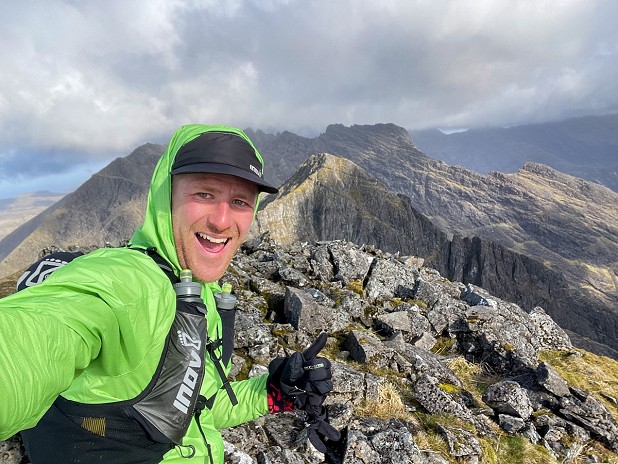
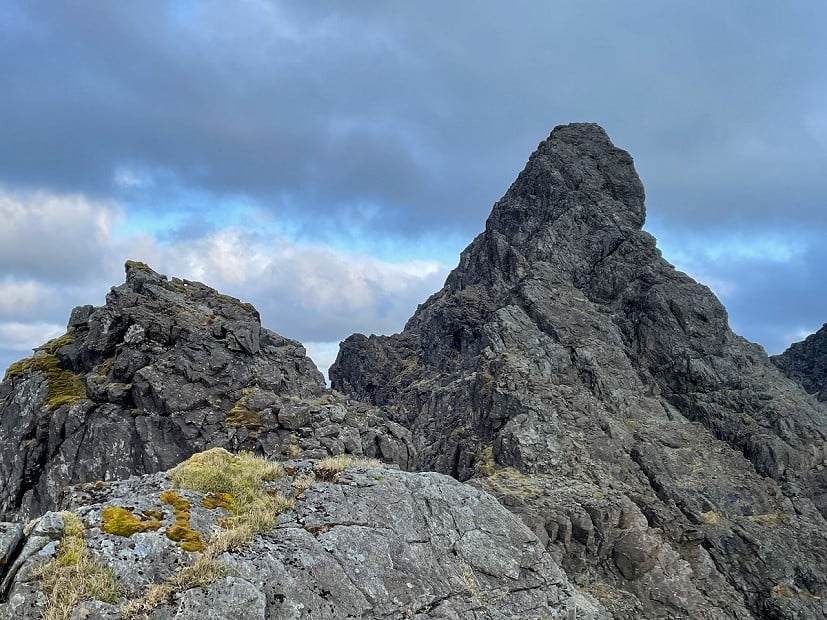
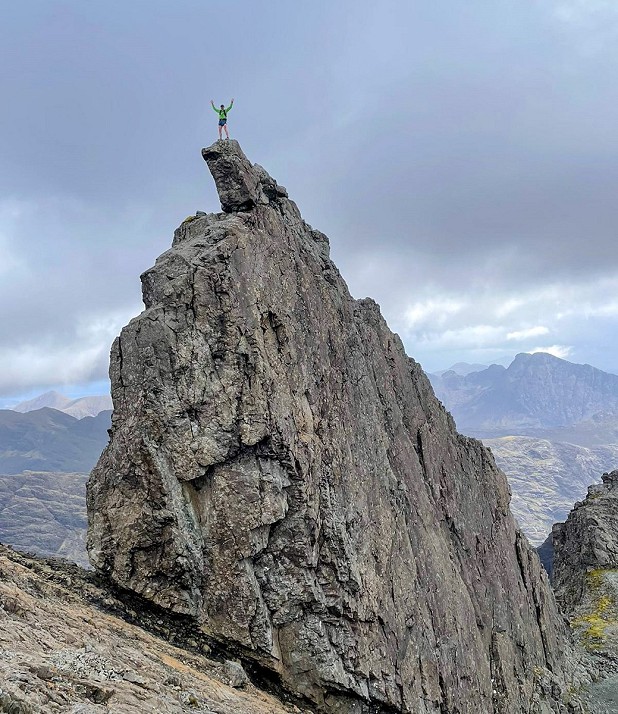
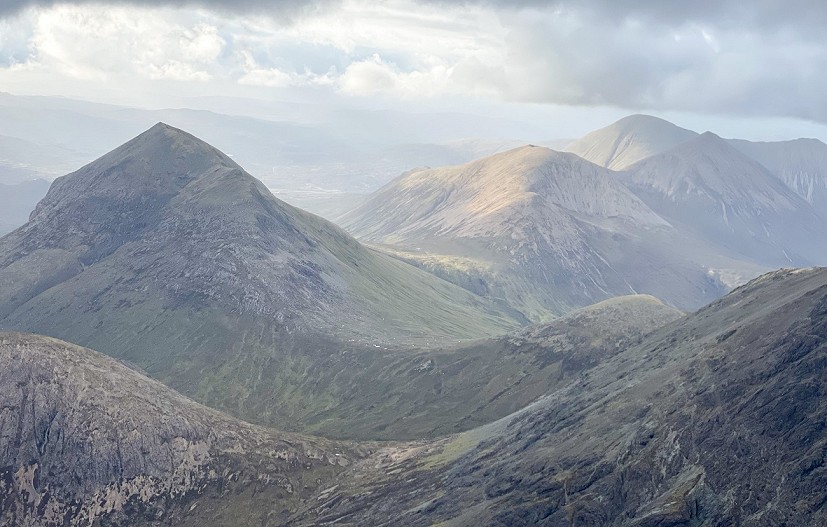

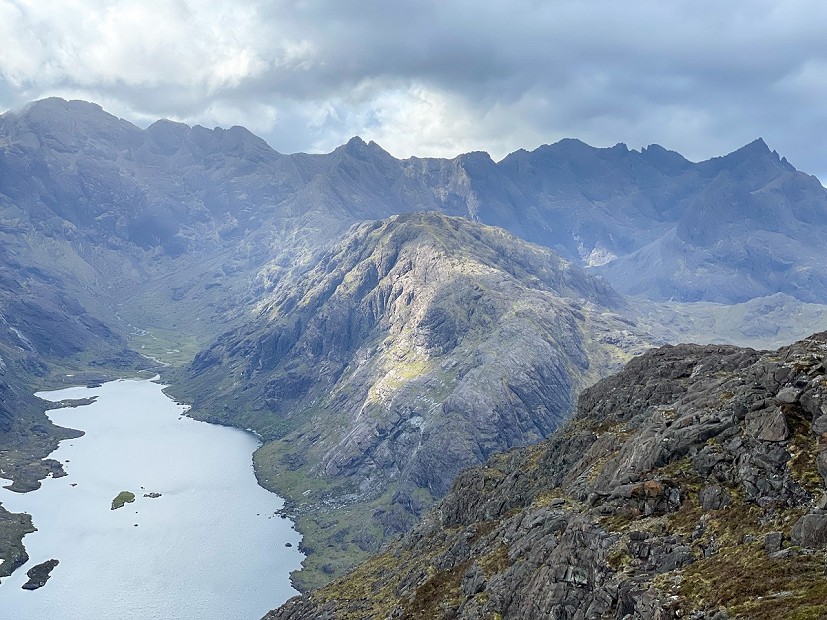
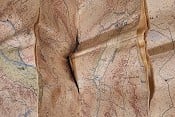


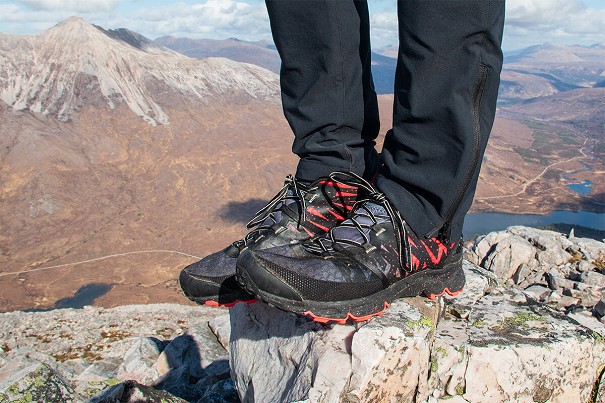
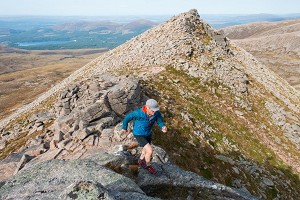
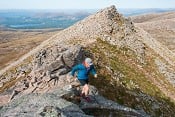
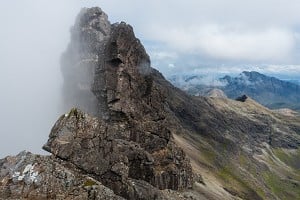
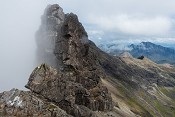
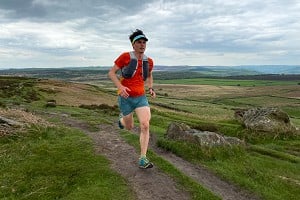
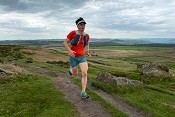
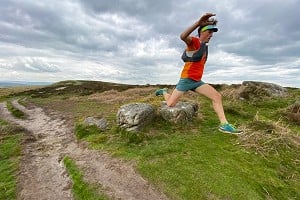
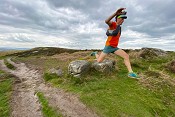
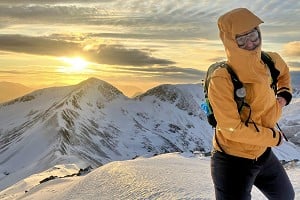
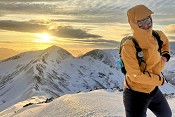
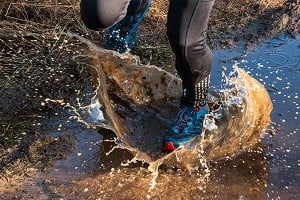
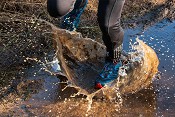

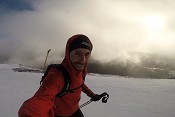
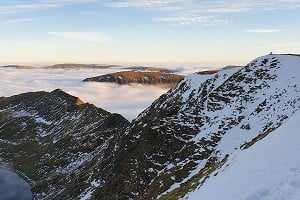
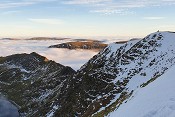

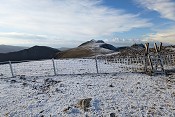




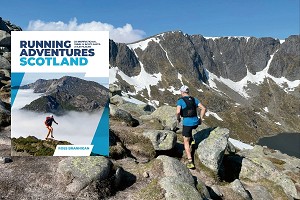



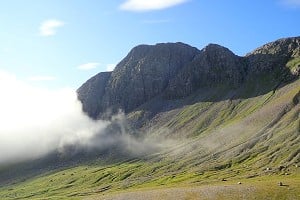
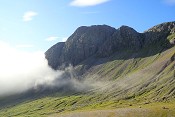
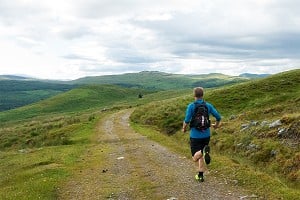
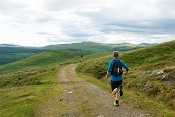
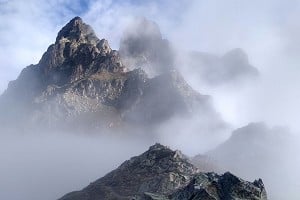
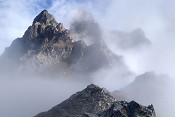
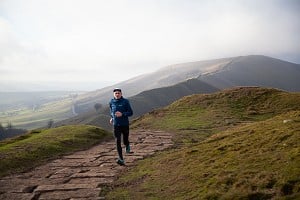



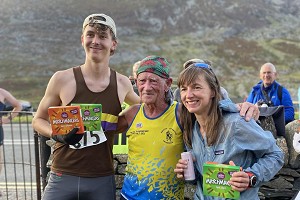
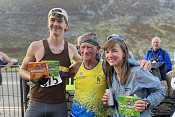
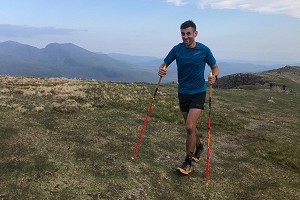
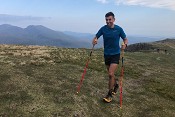
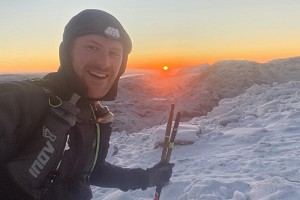

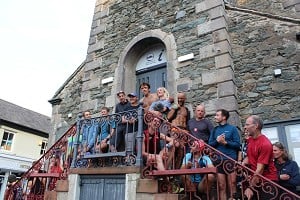
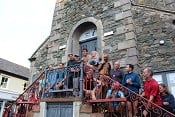


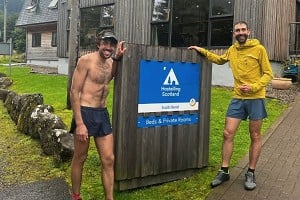
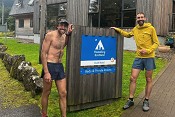
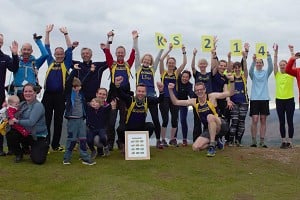
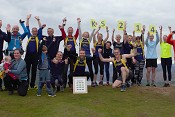
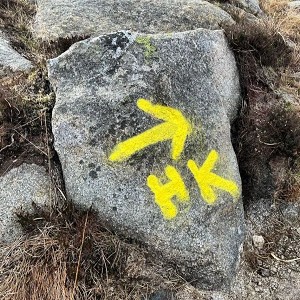
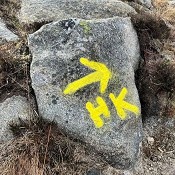


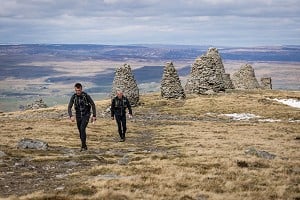
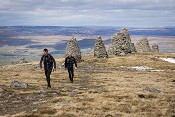
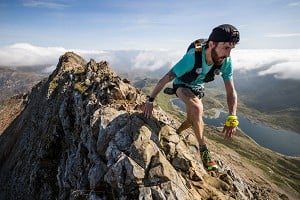
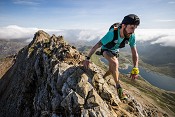

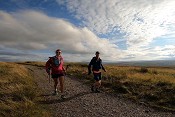
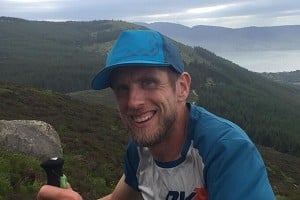
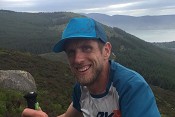
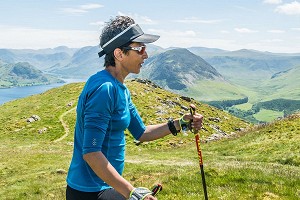
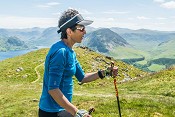
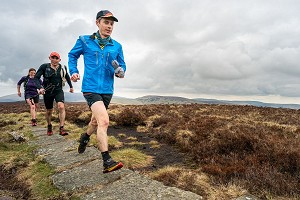
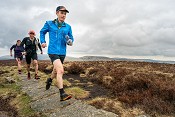
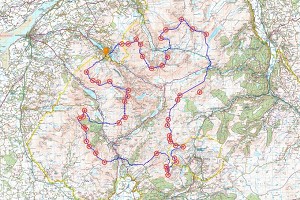
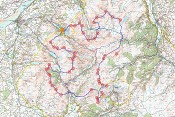

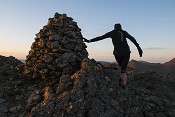
Comments
So what’s the difference between the ‘trans’ Cuillin and the previous ‘Grand’ Traverse?
Was I the only person who started to read this thinking that the article was about a trans athlete who had completed the Cuillin traverse?
Dunno...
In my day we called it going for a walk
If your walk usually starts with a 5.5 Cuillin Traverse then I'll give you a like ...
Could do with a map to show the line after Gillean